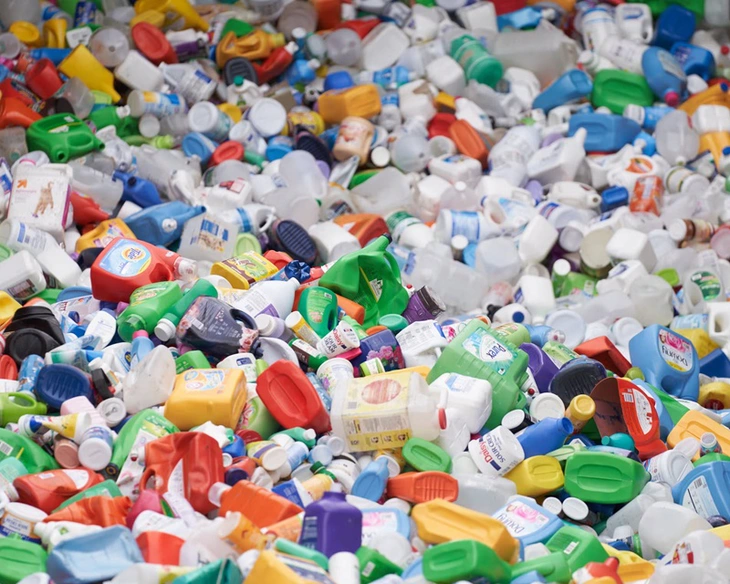
Research opens up the possibility of a more sustainable process for producing acetaminophen - Photo: EPA
Scientists at the University of Edinburgh (UK) have used Escherichia coli (E. coli) bacteria to convert widely used polyethylene terephthalate (PET) plastic molecules into the pain reliever acetaminophen.
"This research demonstrates that PET plastic is not just waste or a material that will produce more plastic. It can be transformed by microorganisms into valuable new products, including products with potential for treatment," ScienceAlert quoted biotechnologist Stephen Wallace, working at the University of Edinburgh.
The process begins by chemically breaking down PET bottles. The resulting molecules are then fed to genetically engineered E. coli bacteria, which use phosphate as a catalyst to convert the molecules into nitrogen-containing organic compounds. These compounds are eventually converted into the active ingredient in acetaminophen.
Like many drugs today, acetaminophen is derived from petroleum. This new technology will help us produce acetaminophen more sustainably, while reducing the amount of plastic waste in the environment.
One of the advantages of this process is that it can be completed in 24 hours in a compact lab at room temperature. Additionally, the team managed to get the process to work at an efficiency of 92%.
The process uses PET bottles entirely, but the plastic is also used in food packaging, furniture, and manufacturing. It is estimated that PET plastic generates more than 350 million tons of waste each year, contributing to plastic pollution.
The same approach also works with other plastics and bacteria, opening up the potential for more environmentally friendly recycling and drug manufacturing solutions, according to the team.
The research is a prime example of how natural and synthetic chemistry can be combined to find solutions to problems and drive innovation, and could eventually mean that E. coli will play a role in the production of painkillers in the future.
The research is published in the journal Nature Chemistry .
Source: https://tuoitre.vn/thuoc-giam-dau-lam-tu-rac-thai-nhua-20250625140245272.htm





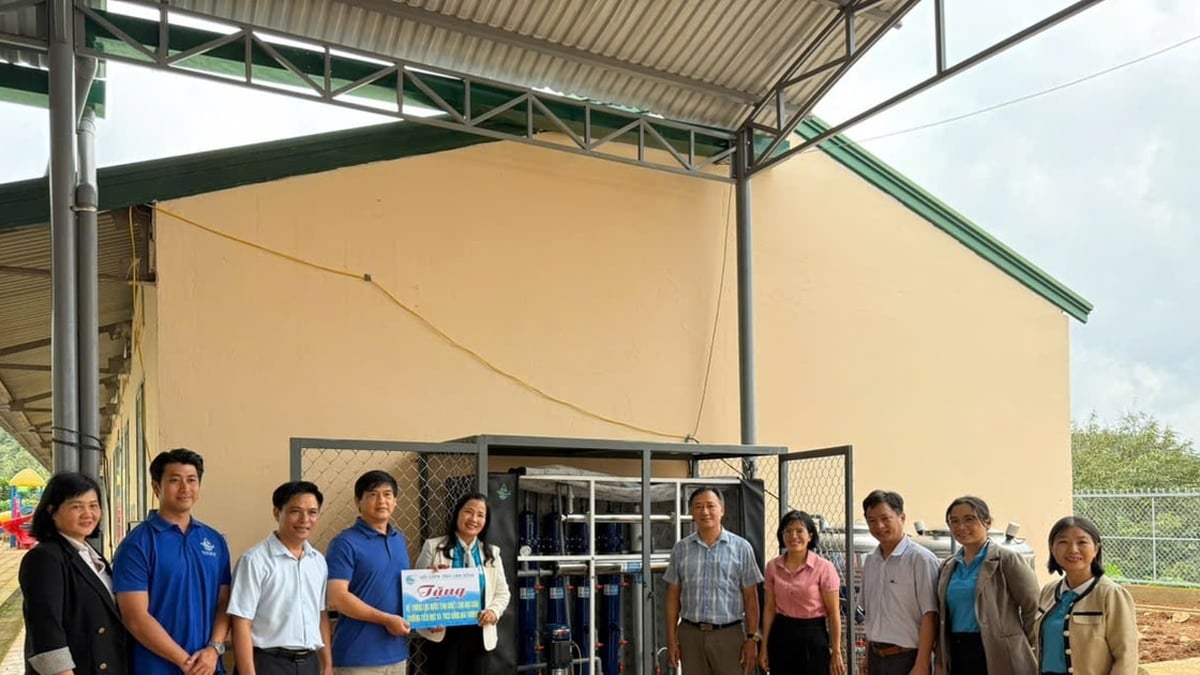
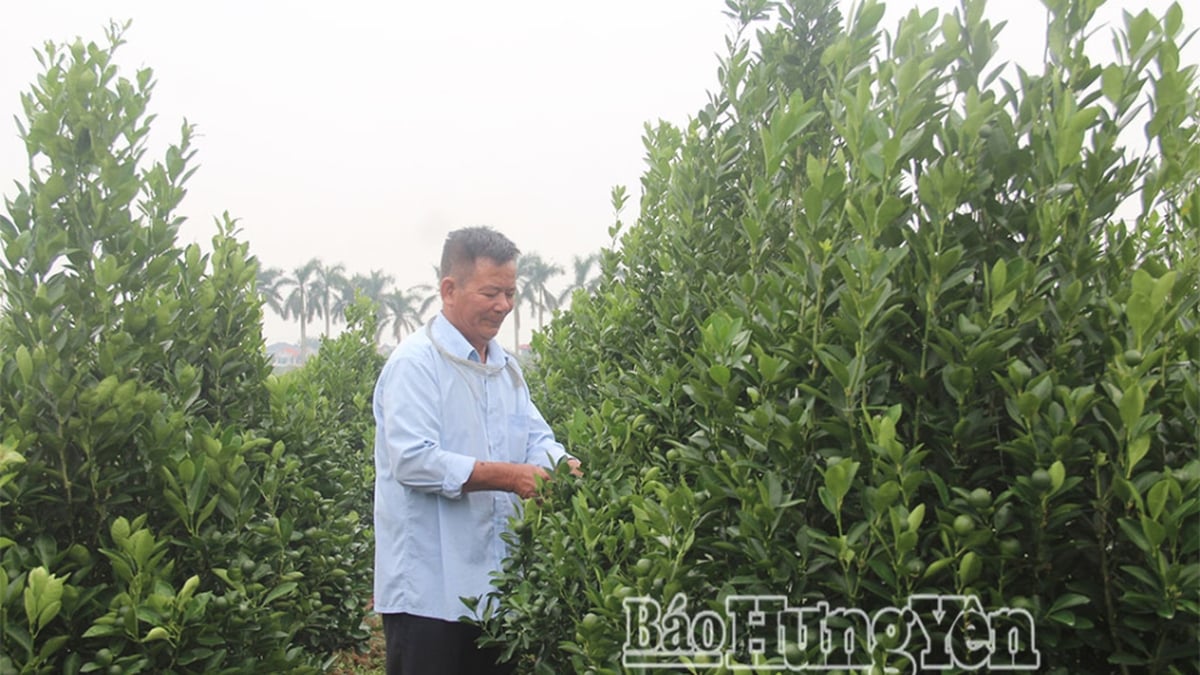
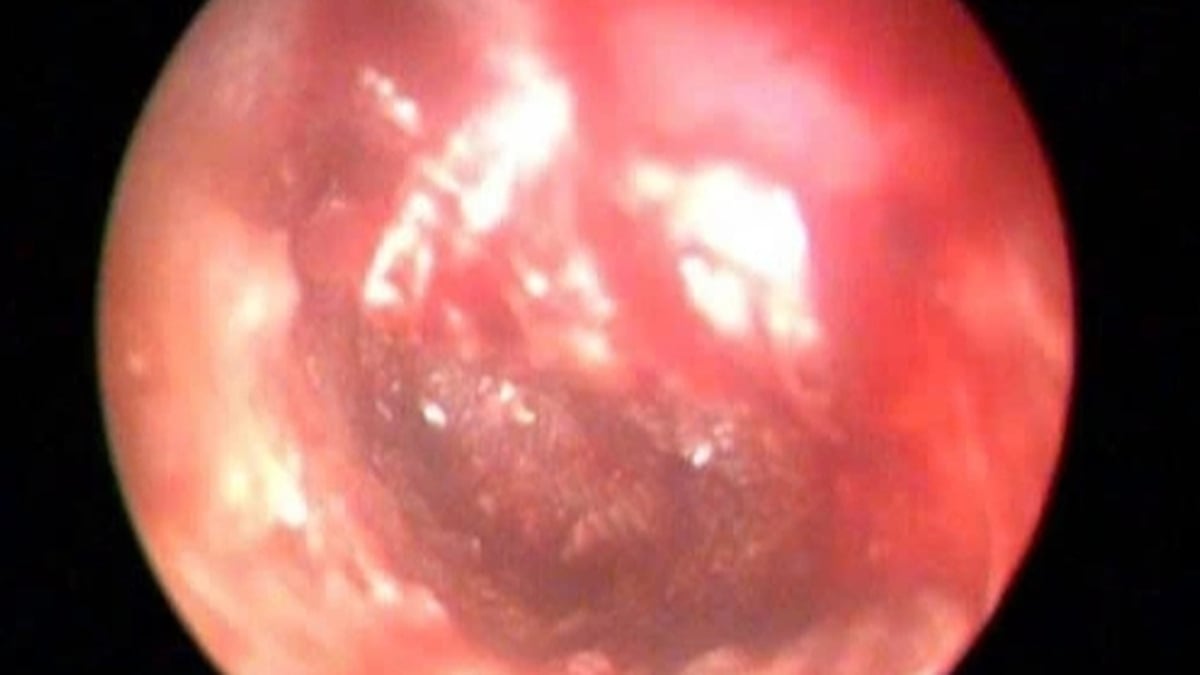


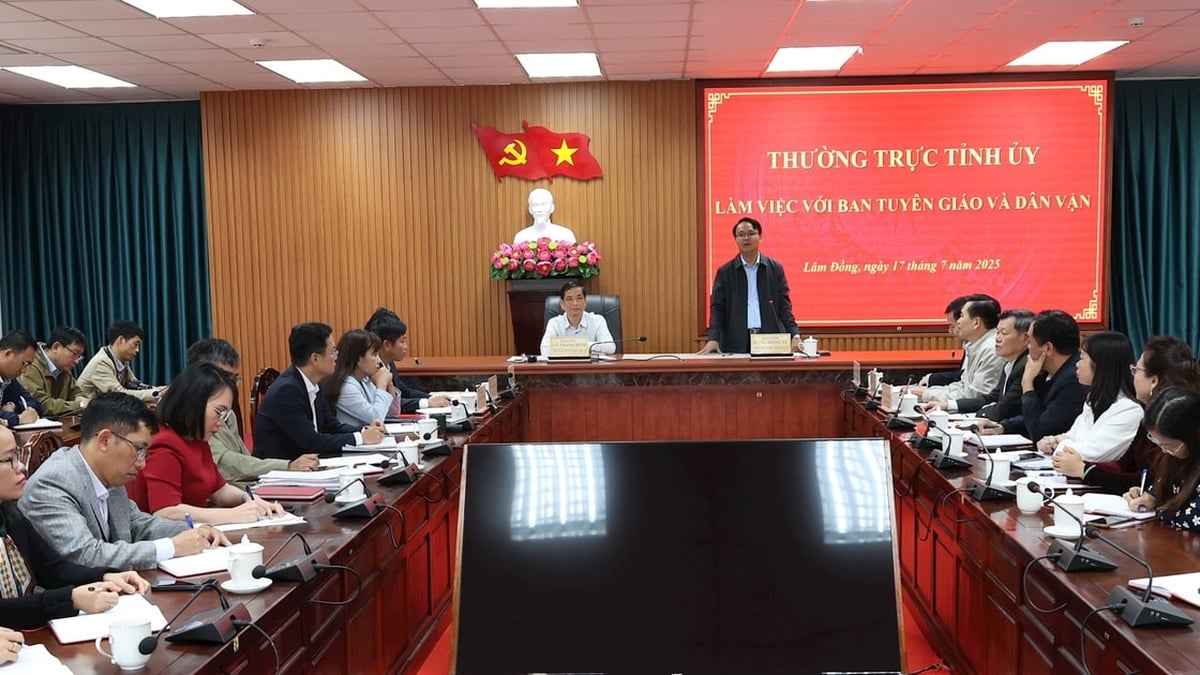
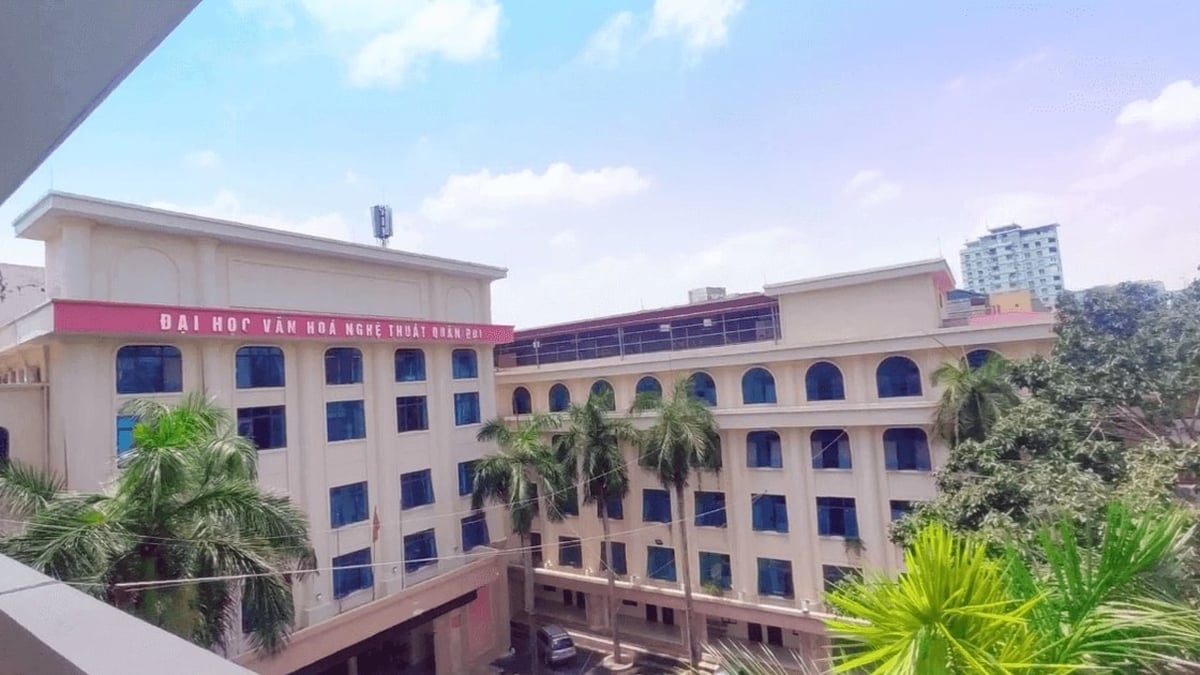










































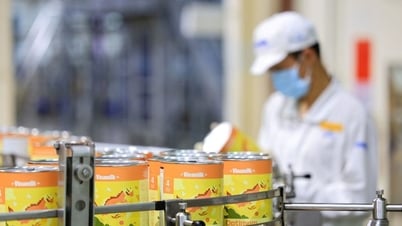



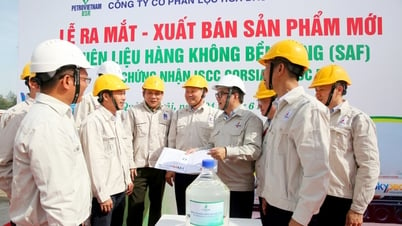
















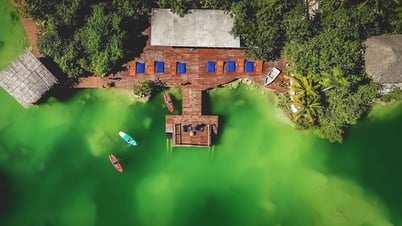























Comment (0)